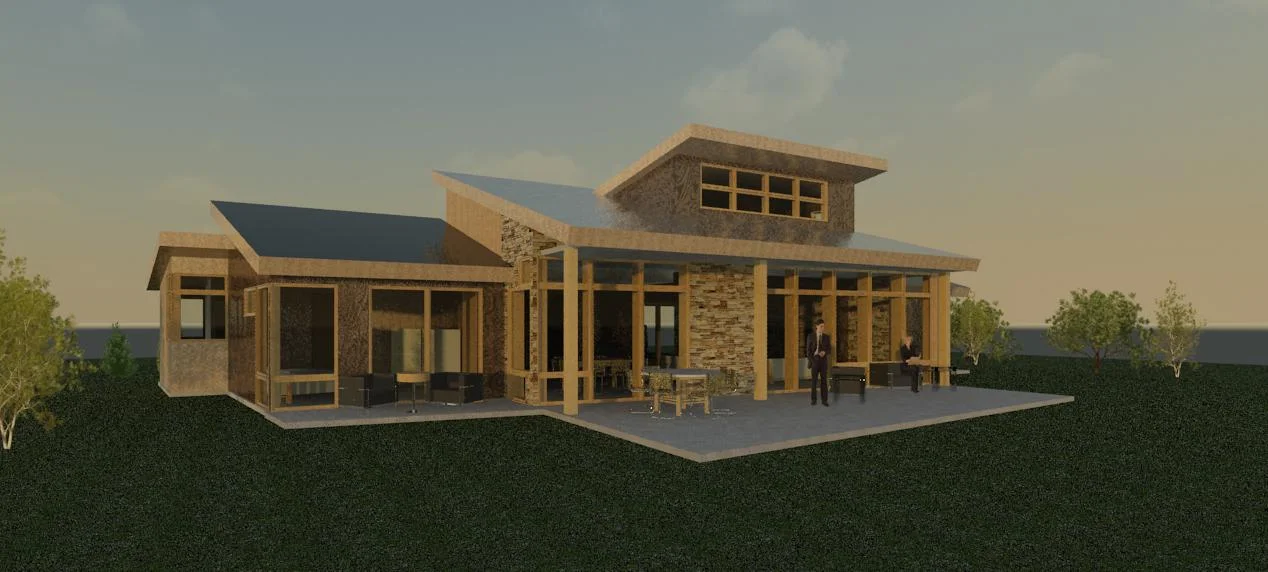Dean Dalvit, a Revit pro, has brought this article on the basis of his problem-solving skills with Revit issues. He believes that with tireless efforts best output can be acquired in very quick succession in the Autodesk Revit architecture rendering if there would be some appropriate settings of combination.
The subject matter of Dean Dalvit’s article on evstudio.com are as follows:
- The memory has to be abundant, but the requirement has to be less. There should be a sufficient amount of memory but the necessity has to below. The RAM has to be good enough. To boost the work up with good sense a small amount of investment will be good.
- Indicate the perfect resolution is one of the important tasks for any job. The high and medium resolution is negligible. But the time between two is to mull over.
- Always render the fixable view by the camera viewpoint. The view would have to be in the pull-down menu
- Rendering should be saved in the project. The views can be exported to render navigator to .jpg.
- Draft rendering must be run before the final rendering.
- The real-life object may be inhibited here. The rendering similar to like is now more popular – fields, wooden furniture, car or plants for example.
- Change is constant. The exterior materials can be changed. Though some basic resources from the software do not render smoothly.
- Revit 64 bit version of Revit will now able to be subscribed.
- The lighting scheme should be checked properly. The user has to check the outer rendering, select> edit> new for sun dialogue box, and dial your date-time and place.
- But if anybody you are thinking about fast rendering horsepower, then Revit is not recommended software at all. Users can go for a 3D studio as a better option.


